Alcea rosea L.
MalvaceaeLas malvas son plantas de flores vistosas a las que se les ha atribuido en diferentes culturas el ser remedio para casi cualquier enfermedad. En la Grecia y Roma antiguas era ya reconocido su uso medicinal y con el nombre de alcea aparece registrada en la Historia natural, la desmedida recopilación del saber que en el siglo I d.C. hizo Plinio el Viejo. Su origen parece estar de todos modos en China, donde se consumen sus flores como infusión desde hace más de 5000 años.
La alcea rosea es una variedad de malvavisco que fue introducida desde Oriente a Europa por los árabes de al-Andalus. Apreciada por su valor ornamental, aparece de hecho en los textos de los geóponos -agrónomos- andalusíes como “rosal de adorno” por la hermosura de sus flores y sus características ornamentales. De todos esos textos agrícolas árabes quizá el más completo sea la obra del sevillano Ibn al-Awwam, el conocido como Libro de la agricultura nabatea, tratado fundamental para conocer cómo era la vida y el trabajo en los campos de al-Andalus, las especies de plantas que se conocían y los usos más habituales que se les daban. Ibn al-Awwam recuerda que según las costumbres de la agricultura nabatea, si una persona da vueltas en torno a la planta de malvavisco, mirando sus hojas y flores por espacio de una hora, le invade el gozo, mucha alegría y felicidad, y el ánimo se le fortalece: comentarios como este de Ibn al-Awwam demuestran que el uso terapéutico de las plantas para tratar de manera sencilla la tristeza o la depresión fue conocido si no por las civilizaciones del Próximo Oriente como la nabatea, al menos sí por el saber botánico de los propios andalusíes.
Consigue el mapa con semillas de Malva Real: tienda R.A
Procedencia
Oriental/AsiáticoCalendario
Hábitat
Morfología
 Planta
Planta
 Cilindrocónica
Cilindrocónica
 Simple
Simple
 Palmeada
Palmeada
 Alterna
Alterna
 Crenado
Crenado
 Auriculada
Auriculada
 Obtuso
Obtuso
 Perenne
Perenne
